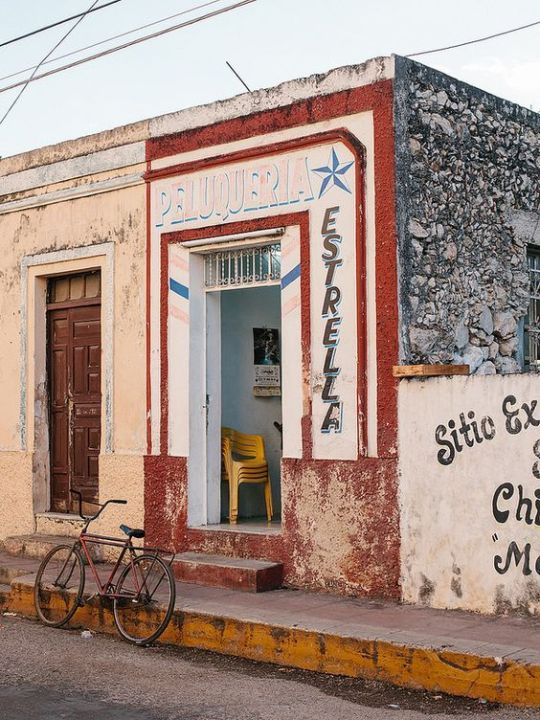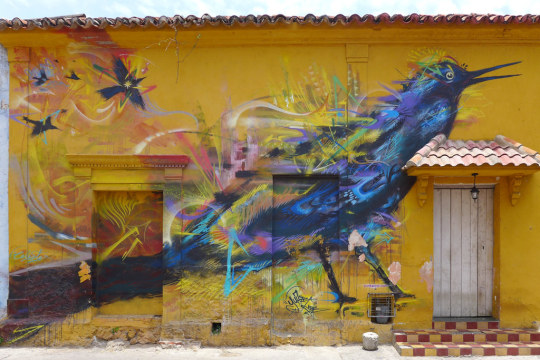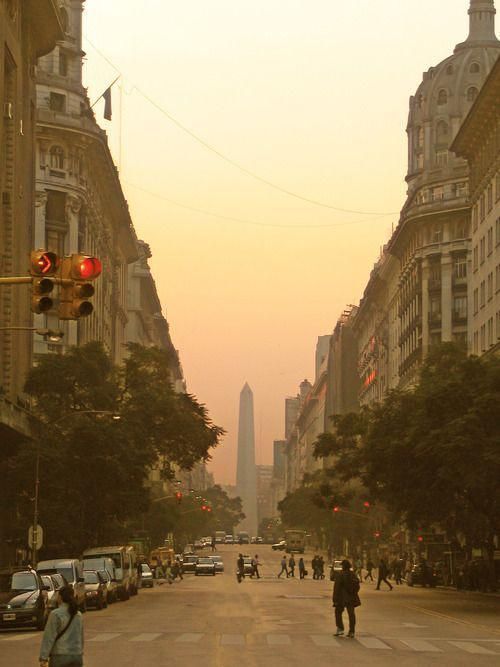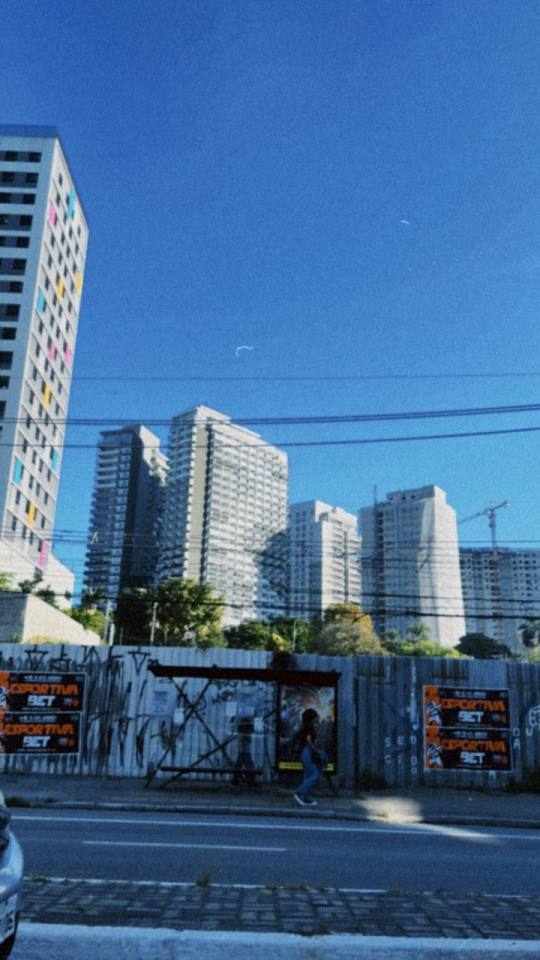#Latinamerica
Text

#IFTTT#Flickr#animal#animalia#animals#animalsinthewild#aves#avian#bird#birdwatching#birds#argentina#glennbartley#latinamerica#photography#southamerica#wildlife#redtailedcometsapphosparganurus
596 notes
·
View notes
Text
as a mexican i can’t help but laugh at how wrong some americans writing mexican characters get the way our name system works so lemme explain so you can get it right!
so most mexicans (remarking MOST because i do mean 99% of us) have TWO last names that come from our parents. it's basically like this:
name / paternal last name (dad's first last name) / maternal last name (mum's first last name).
the first last name is ALWAYS the paternal last name, it always comes from the dad side of the family. there are some exceptions though. in 3 states of the country it's already legal to put the maternal last name first but it's very rare and usually only in special cases, like when the father is absent for example.
there are also cases where the person has only one last name but this is not only extremely rare but it can cause a lot of hardships with legal documentation like school, banks, etc. this can happen for some reasons:
1- they're the child of a single parent (however, to avoid the difficulties that come with having one single last name some end up being registered with the same last names as the parent, but inverted)
2- they were registered in another country where they only have one last name (for example USA, a friend of mine was registered there and for that reason they only have one last name in their documents)
it's important to mention that unlike american last names, the two last names are not separated by “-” they're only separated by a space.
the last names are not necessarily one word, some have two or three. for example last names like “de la rosa” or “del olmo”
also, there's no such thing as married name here. women don't change their last names nor mix them with their husbands last names.
as i am aware, last names tend to work like this in all latin america but many specific details may be different depending on the country and i am not that well informed.
either way, i hope this helps anyone who’s developing a mexican character!
#Mexican oc#Mexico#Mexican#Oc#Oc writing#Writing tips#Writing Mexican oc#Writing Latino oc#Latino oc#resources#writing resources#oc resources#writing with color#representation#latine voices#latino representation#latinamerica#Latinoamerica#writing advice#character sheet
12K notes
·
View notes
Text

#LatinAmerica#Latinoamérica#LatinAmericanCulture#LatinAmericanArt#LatinoCommunity#LatinoTraditions#LatinoHistory#LatinoIdentity#LatinoAmericaUnida#LatinoamericanoOrgulloso#LatinoamericanoPoderoso#LatinoamericanoReal#LatinoamericanoFuerte#LatinoamericanoCultural
33 notes
·
View notes
Text
Ok since one of my passions is talking about the country I'm from...
The museum that i was referring to, in the tags of the post that i just reblogged, has a really interesting story besides the room that is basically a giant creepy mouth
The building used to be a PENITENTIARY, then it got abandoned, then in 1997 the first lady said that she wanted to build in that place a museum where children could learn about different things like science, technology, biology and taking care of your general health (hence why that teeth room) so we got The Children's Museum !
And not only that ! The museum still has some jail cells, and there's actually a tiny museum about the prison inside that museum, which is a little bit weird .. so yeah
Anyway, here are some pictures of the creepy room, which is called : Shiny Smiles Room ✨️



#if you wanna now more about it i can make another post or u guys can ask 👀✨️#aa i used to be obsessed with that place ! specially with the teeth room the snakes room and the creepy astronaut room !#oh and there's a random building that is literally upside down#tbh CR's children's museum is a pretty interesting place <3 that i love so much#anyway I'm gonna tag this as#horror#tw horror#just in case#ram talks#costa rica#latinamerica
31 notes
·
View notes
Text

Arte é magia e linguagem da troca: fluxo e influxo em confluências infinitas.
Essa foto é parte de um ensaio que foi resultado de uma dessas conversas aquosas da existência sobre música.
Um encontro de águas luzindo entre sombras e edificações urbanas.
Fui fotografado pelo @vailathi / @retratosehistorias e hoje é aniversário dele e também dia do fotógrafo.
Parabéns querido.
Deem moral para os artistas independentes.
#me#latinamerica#charango#arcodotelles#pb#pretoebranco#fotografia#photography#artists on tumblr#vailathi
29 notes
·
View notes
Text
muerte a yanquis que critican películas latinoamericanas basadas en hechos reales.
#a ese que criticó argentina 1985 porque no era lo suficientemente grotesco#argentina#cine#cinema#argentina 1985#latina#latinamerica
58 notes
·
View notes
Photo

Cartagena scene by 10b travelling (sorry: glitch, so resubmitting)
#americas#2015#10btravelling#latinamerica#southamerica#coast#colombia#colombian#bolivar#unescoworldheritagesite#unesco#caribbean#cartagena#kolumbien#humanidad#patrimonio#tenbrink#carstentenbrink#iptcbasic#getsimani#cmtbstreetart#worldheritagesite#streetart#cmtb#otherkeywords#people#graffiti#grafitti#grafiti#streetartists flickr
11 notes
·
View notes
Photo

Paraguayan Dancers - Mauro Lisboa
45 notes
·
View notes
Video
Sword-billed Hummingbird by Kusi Seminario Behar
Via Flickr:
Colibrí Pico-Espada Ensifera ensifera
#hummingbird#picaflor#colibri#ave#pajaro#nimal#wildlife#fauna#sivestre#birding#birdwatching#andes#peru#southamerica#sudamerica#latinamerica#yanahuara#urubamba#cusco#cuzco#canon#tele#telephoto#100-400#flickr
22 notes
·
View notes
Photo

by vgoro
13 notes
·
View notes
Text
There Is No God But Death

Walking downtown in the Zócalo district can be overwhelming: A thousand sights, sounds, and smells bombard your senses. The beautiful, wafting scent of freshly baked conchas clashes with the nearby stink of dog shit. A motorcycle nearly runs over my foot as I make my way among other pedestrians, street performers, and vendors. I keep my hands in both pockets in case someone tries to lift my phone or wallet. In the heart of downtown is a well-traveled street full of regional restaurants, perhaps for Mexicans who moved to the big city but miss the kind of food their mother back home would make. Grasshopper tacos are available, if that sounds appealing. As I sit and enjoy my meal I can see a life size statue on the corner, looming over those passing by. She is tall and thin, merely a skeleton, robed in black and unmoving. At her feet people have left offerings of coins and candy. To someone from the U.S, she resembles the Grim Reaper, missing only a scythe. Who is she and why is she here?

Unlike many Western cultures that do their best to ignore death or mitigate it through heaven or salvation, death has always been a part of life in Mexico. The Aztecs saw death as meaningful because it could serve a greater purpose: Dying in battle or childbirth was a death that brought honor both to the individual and society. Human sacrifice kept the universe running. Death was never far from any living thing, the Aztecs might have reasoned, so it is foolish to pretend otherwise. The skulls in modern day Mexican life and art are a modern adaptation of that memento mori mentality.
The modern worship of Nuestra Señora de la Santa Muerte, or “Our Lady of Holy Death”, is also an extension of that worldview. Death is the only certainty in life and yet most of us try to avoid thinking about it. And yet the followers of Santa Muerte put death at the center of their faith. It is believed that one of the first worshippers of Santa Muerte asked for deliverance for a very sick loved one that was suffering (if this is beginning to sound like the Many-Faced God from Game of Thrones, that’s because it basically is). But then over time, followers of Santa Muerta began to ask Death for things they wanted in life: To find a job, a partner, protection from one’s enemies. At times, Santa Muerte wears different color robes and these signify different things people ask of her: Gold for wealth, red for love, black for protection against black magic. Believers leave offerings at the base of statues in exchange for her protection and blessings: Money, soda, fruit, cigarettes.

“The Skinny One”, as she is also known, exists outside the official organization of the Catholic Church. The church leadership does not accept the cult of Santa Muerte as legitimate Catholic practice, calling it “pagan” and “death worship”. Perhaps the church does not like the great focus on death when their doctrine teaches that for the faithful, heaven is the ultimate destination. Because the Skinny One is an outsider of the official Mexican religious establishment, she attracts outsiders as followers: Sex workers, thieves, and cartel members. It has been reported that drug traffickers brought their guns to a ceremony in Mexico City so their weapons would be blessed by Santa Muerte. This known association with undesirable elements does not help her reputation with the more mainstream masses.
But what is the history of this shadowy saint? Are her origins Catholic, traditional or more contemporary? As is often the case in Mexico, it is a little bit of everything.
Journalist Daniel Hernandez, an important source for this post, writes:
"Some believe the image is a descendant from pre-Hispanic times, on the lineage of the Aztec god Mictlantecuhtli. Anthropologists maintain the Santa Muerte is a refashioning of San Pascual Rey, a Catholic saint with a long cult history in the Mayan lands of Chiapas and Guatemala, and whose traditional image is a frightening skeleton. Historican Claudio Lomnitz casts Santa Muerte's following in an economic light, arguing that it exploded after the onset of the American Free Trade Agreement, when the northern exodus of Mexican migrants across the border really took off."
Wherever she came from, Santa Muerte is incredibly popular in ways the traditional church is not, so the Skinny One is here to stay. I am not a religious person, but passing by I place a few coins at her feet and ask her to not let Donald Trump be re-elected. I don’t believe in these types of things, but “when in Rome, do as the Romans do.” Whether I like it or not, I am living in her country now. It never hurts to make friends.

This privately owned shrine in Mexico City has public services twice a month.

The Big Three (from right to left): Saint Judas, a popular saint in Mexico City, Santa Muerte, and Jesús Malverde, a "Robin Hood" style figure who is venerated by drug traffickers.
#Santa Muerte#Religion#CDMX#Mexico#MexicoCity#Syncretism#Folklore#Catholicism#LatinAmerica#LatinAmericanreligion
16 notes
·
View notes
Text

#IFTTT#Flickr#animal#animalia#animals#animalsinthewild#atlanticrainforest#aves#avian#bird#birdwatching#birds#blondcrestedwoodpeckerceleusflavescens#brazil#glennbartley#latinamerica#photography#rainforest#southamerica#wildlife
89 notes
·
View notes
Text

ROSALÍA - MALAMENTE (Cap.1: Augurio), 2018
5 notes
·
View notes
Text

#argentina#latinamerica#americalatina#america latina#latino america#latin america#south america#america do sul
48 notes
·
View notes
Text




sp capital
#são paulo#sp#sampa#são paulo capital#sudeste#011#brazilian#brazil#brasil#cidade#city#latino america#latinamerica#latin america
19 notes
·
View notes
Text

Ocean Song *DJ20240104
Mixed media / Canvas 150 X 112 cms 2024
#painting#calligraphy#art#red#pink#expressionism#gold#vinyl#circle#rene serrano#blue#pink aesthetic#pastel#sailboat#ocean#sea#beach#merida#mexican#latinamerica#caribbean
6 notes
·
View notes
